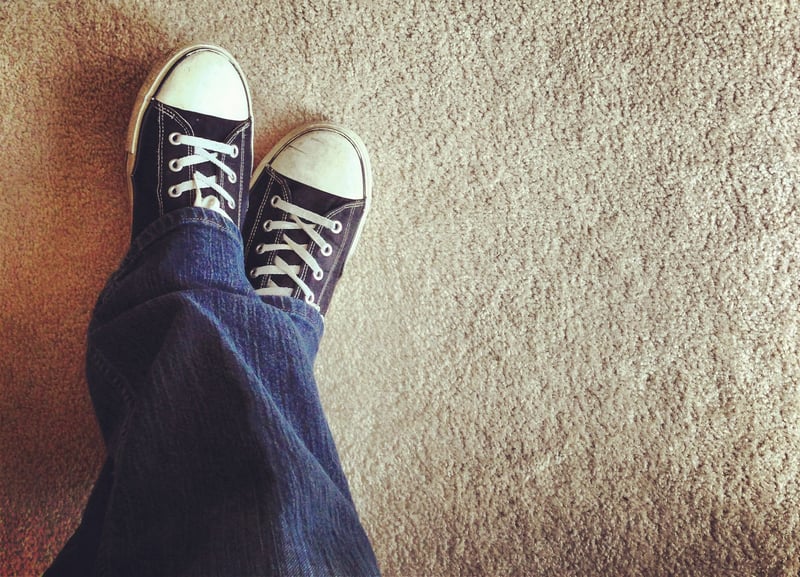Get Healthy!

- Cara Murez
- Posted August 14, 2023
Moving Into a Smoker's Former Home? You May Need to Toss the Carpet
If you're moving into a home where smokers lived, the first thing you should do to protect your lungs is rip out any old carpeting, new research suggests.
Scientists found that tobacco smoke clings to carpet fibers long after smoking has stopped, and ozone generators that purify the air and surfaces can't remove it completely.
This leftover residue, also known as "thirdhand smoke," can pollute indoor spaces for an extended period of time, according to investigators from the U.S. Department of Energy's Lawrence Berkeley National Laboratory in Berkeley, Calif.
"Because it does not reach deeply into materials, ozone [purification] has a limited ability to 'clean' permanently," study lead author and researcher Xiaochen Tang said in a lab news release. "In the case of carpet, the best solution may be replacing it with a new one."
This thirdhand smoke reenters the air, rather than just settling into surfaces, and can sometimes transform into a new type of contaminant, the research found.
To study this, researchers gathered old smoke-contaminated carpet from homes in the San Diego area, along with new carpet exposed to fresh smoke in the lab.
Ozone generators partially removed a group of compounds named polycyclic aromatic hydrocarbons from both types of carpet samples. However, it was relatively ineffective at removing deeply embedded nicotine.
Ozone generators work by releasing ozone gas that can react with harmful compounds and remove them from the air and surfaces. Yet, the equipment also creates a burst of contaminants when running, the researchers explained.
That these ozone generators remove odors can create a false sense of efficacy, Berkeley Lab Senior Scientist Hugo Destaillats said in the release.
"Ozone generators are also used to remediate fire damage and mold, but they have limitations, as we saw in this study," Destaillats said. "The lack of a detectable smell does not mean that all of the contaminants we are concerned about have been eliminated."
Next steps in this research will evaluate the role of other indoor pollution reservoirs, such as drywall and upholstery.
Grants from the University of California Tobacco-Related Disease Research Program supported the research, which was recently published in the journal Environmental Science and Technology.
More information
The U.S. National Institute on Drug Abuse has more on thirdhand smoke.
SOURCE: Lawrence Berkeley National Laboratory, news release, Aug. 9, 2023




